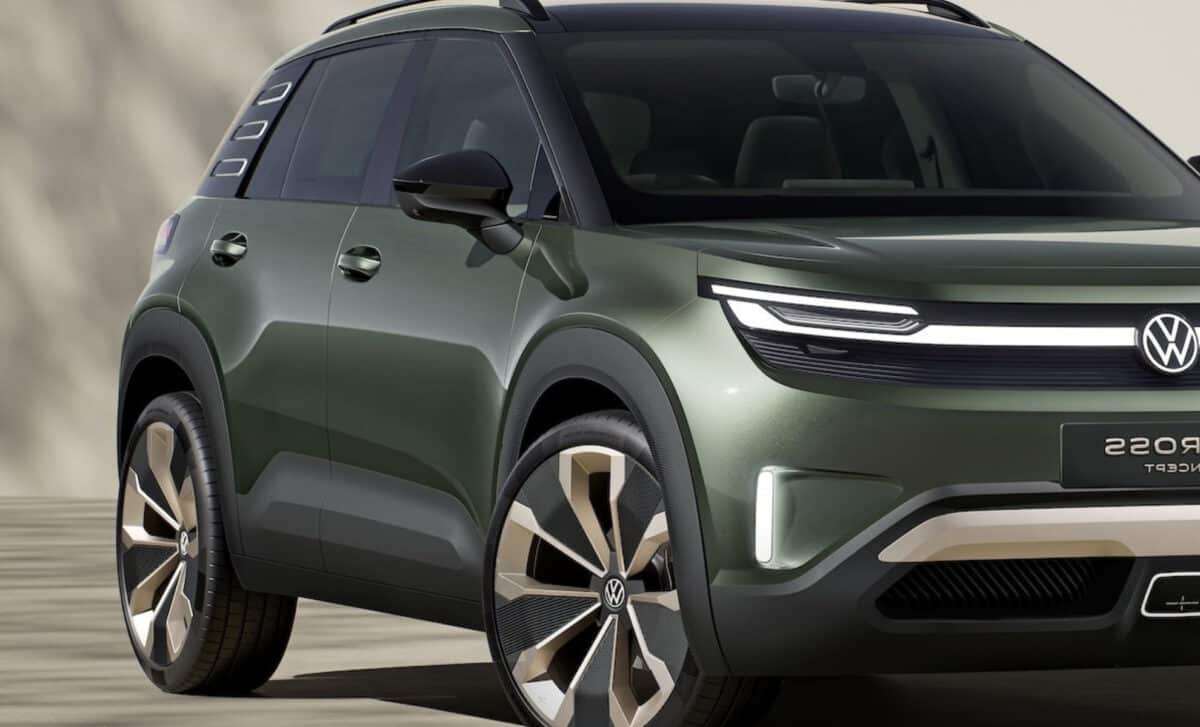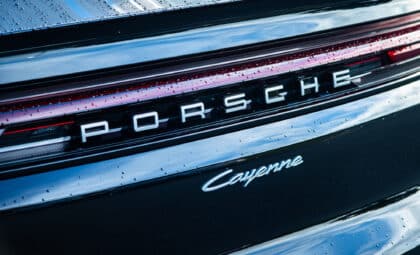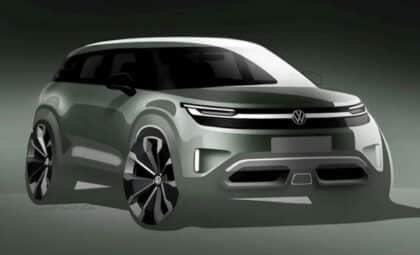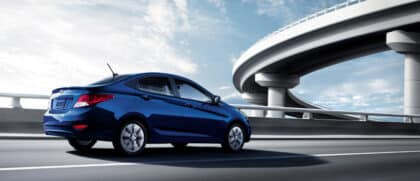Despite a rocky start marked by internal tensions and compatibility issues, both companies now claim the collaboration is on track, aiming to roll out millions of software-defined cars in the coming years.
Winter testing has begun on early prototypes, and the first Volkswagen and Rivian models equipped with the new system are set to hit the market starting in 2026. With over 1,500 employees involved across five countries, the venture, known as RV Tech, signals a significant shift for Volkswagen, which has been grappling with delays and underperformance in its in-house software division, Cariad.
Founded in 2009, Rivian has quickly emerged as a software leader in the EV space, offering advanced vehicle computing systems that support over-the-air updates and modular design. Volkswagen, on the other hand, faced multiple setbacks in 2024, including delayed model launches and a stagnant software roadmap due to issues at Cariad. The partnership was conceived as a strategic pivot to bypass these obstacles, enabling the German manufacturer to leverage Rivian’s proven digital infrastructure.
Now celebrating the first anniversary of the partnership, both companies present a united front, emphasizing the scalability and future-readiness of the new system. The goal is not only to simplify electronics inside the vehicle, but to cut future costs significantly by transitioning to a zonal computing approach.
A Shift Toward Zonal Architecture
The joint venture is centered around the development of zonal computing architecture, which replaces the outdated method of embedding separate electronic control units (ECUs) for every feature. Instead of up to 150 ECUs managing everything from power windows to traction control, zonal architecture groups functionalities into centralized, intercommunicating zones.
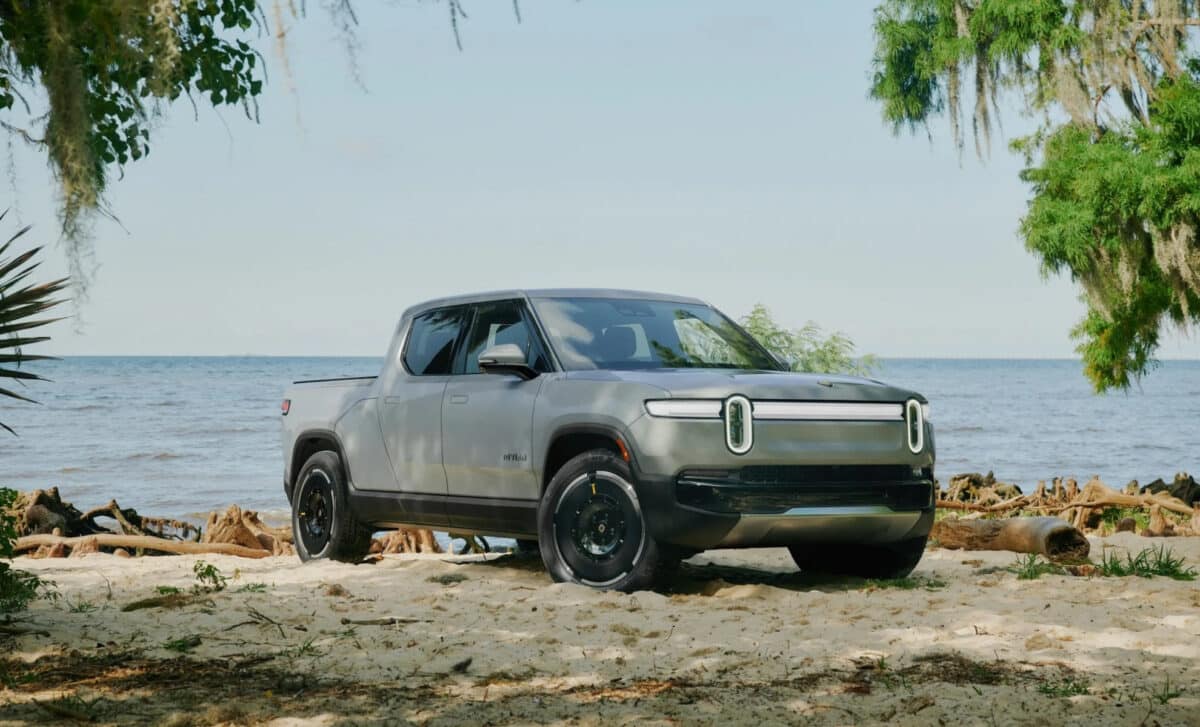
According to MotorTrend, this strategy dramatically reduces the vehicle’s software complexity and dependency on external suppliers. “We don’t want that [from the supplier]. We want a dumb seat,” Rivian CEO RJ Scaringe said, referencing the layers of unnecessary ECUs currently installed in modern vehicles. Simplification through software consolidation not only lowers costs but makes updates faster and more reliable.
This new setup will first appear in the Rivian R2, set for release in early 2026. Additional integration is planned across Rivian’s R3, R3X, and updates to the R1 lineup. On the Volkswagen side, the architecture will underpin the ID.Every1, a $22,000 electric microcar set to launch in Europe in 2027, though it won’t be marketed in the U.S.
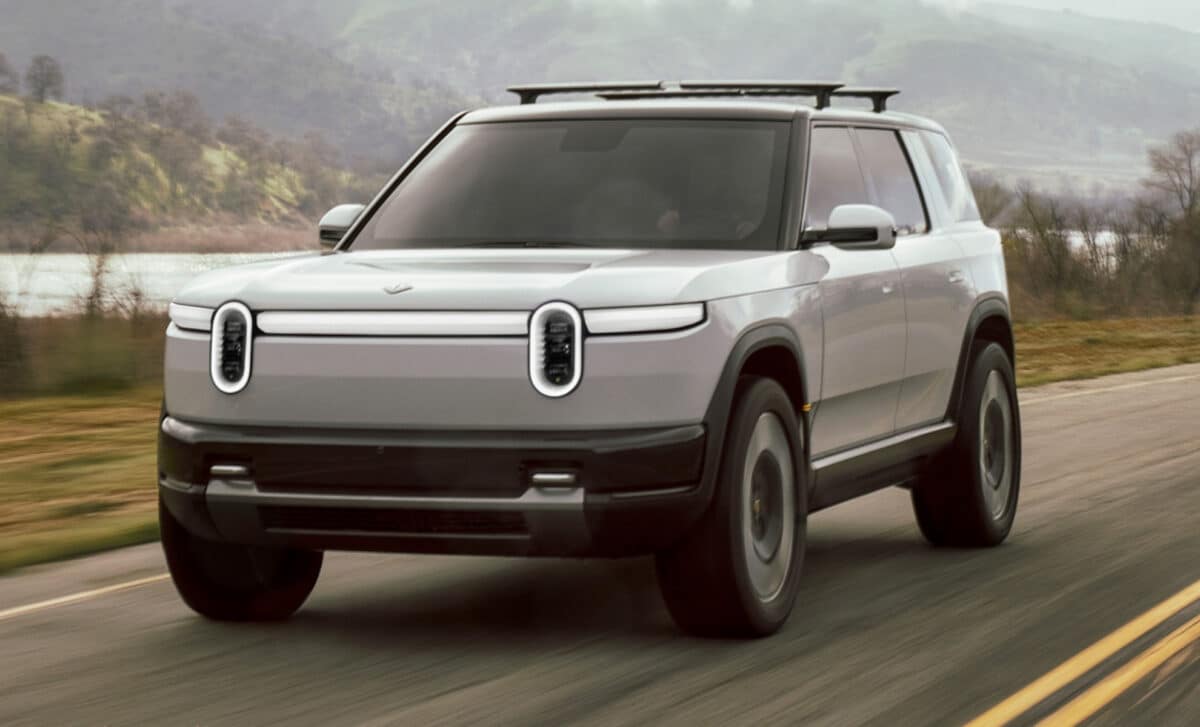
Testing Begins Under Extreme Conditions
To validate the new technology, winter testing is underway on both Volkswagen and Rivian prototypes. These include models such as the ID.Every1, as well as future vehicles from Audi and Scout, which will also adopt the joint platform. Tests are taking place in multiple locations, including Palo Alto and Irvine, California.

According to Frandroid, the Volkswagen ID.1 is among the vehicles undergoing these tests, and will be positioned to rival small EVs like the Renault Twingo E-Tech. The goal of this rigorous testing phase is to assess how the zonal architecture and software stack perform under harsh environmental conditions, especially in terms of driver-assistance systems and in-car digital experiences.
The collaboration aims to deliver not just functional updates but a redefined driving experience. Oliver Blume, CEO of Volkswagen Group, said the joint effort has “created in only twelve months a technological base that will allow our customers to benefit from a new digital driving experience at affordable prices.”

Internal Tensions and Unresolved Questions
Despite the current optimism, the joint venture has not been without friction. Early tensions stemmed from Rivian prioritizing its own EV lineup over Volkswagen’s combustion models. Moreover, Rivian’s software, originally built for native electric vehicles, reportedly proved difficult to adapt to gasoline-powered platforms—still prevalent in Volkswagen’s lineup.
These issues forced Cariad to intervene in some cases, reintroducing internal complexities that the partnership was supposed to eliminate. Engineers on both sides were at times more invested in their own brand’s interests, making alignment difficult. The conflict underlined deeper structural differences between a nimble startup and a legacy automaker with multiple divisions and competing agendas.
Still, the mood appears to have shifted. Both parties now emphasize that “all the steps necessary to achieve our ambitious goals are being implemented with determination and rigor.” The joint architecture is set to support up to 30 vehicle programs, representing as many as 30 million vehicles across Volkswagen Group brands.

